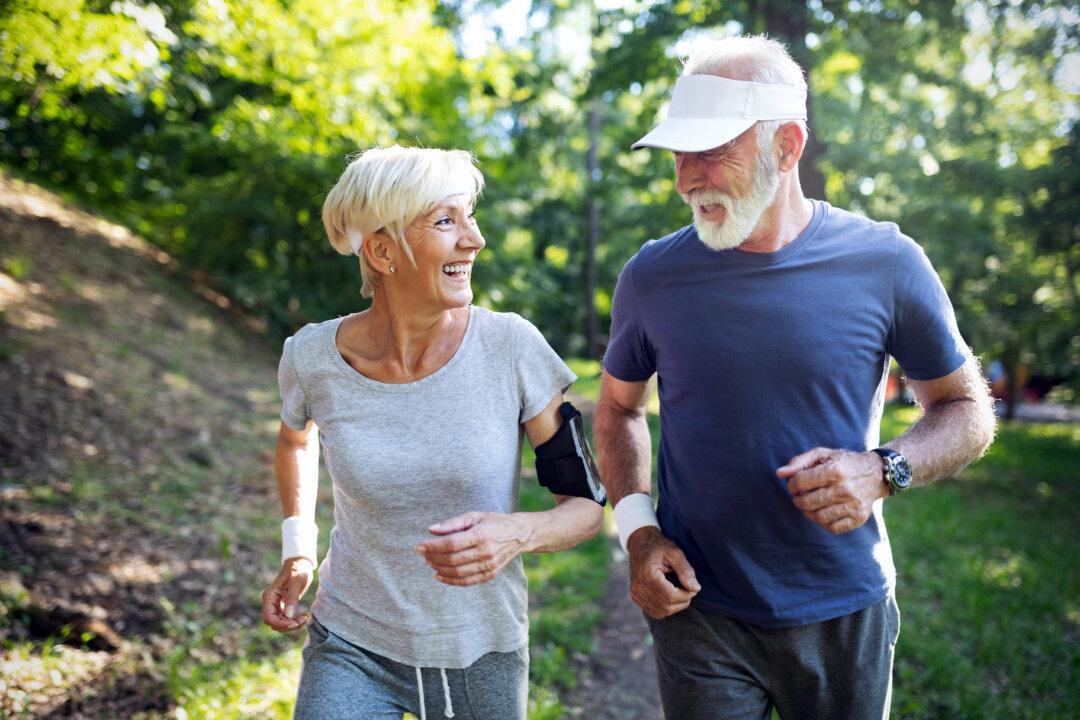You find a lot of machine metaphors when trying to understand how the human body works. Fuel is compared to food, for example, or an engine is compared to our digestive process. Computer circuitry is said to be like our nervous system. And just like mechanical parts, body parts are said to wear out with time and overuse.
But a machine doesn’t have feelings. Or morality. It doesn’t have an internal compass that tells it why it shouldn’t party all night and eat soda and chips all day, nor a knowing side that nudges it to go outside, connect with nature, and move its mechanical parts in a healthy way.






